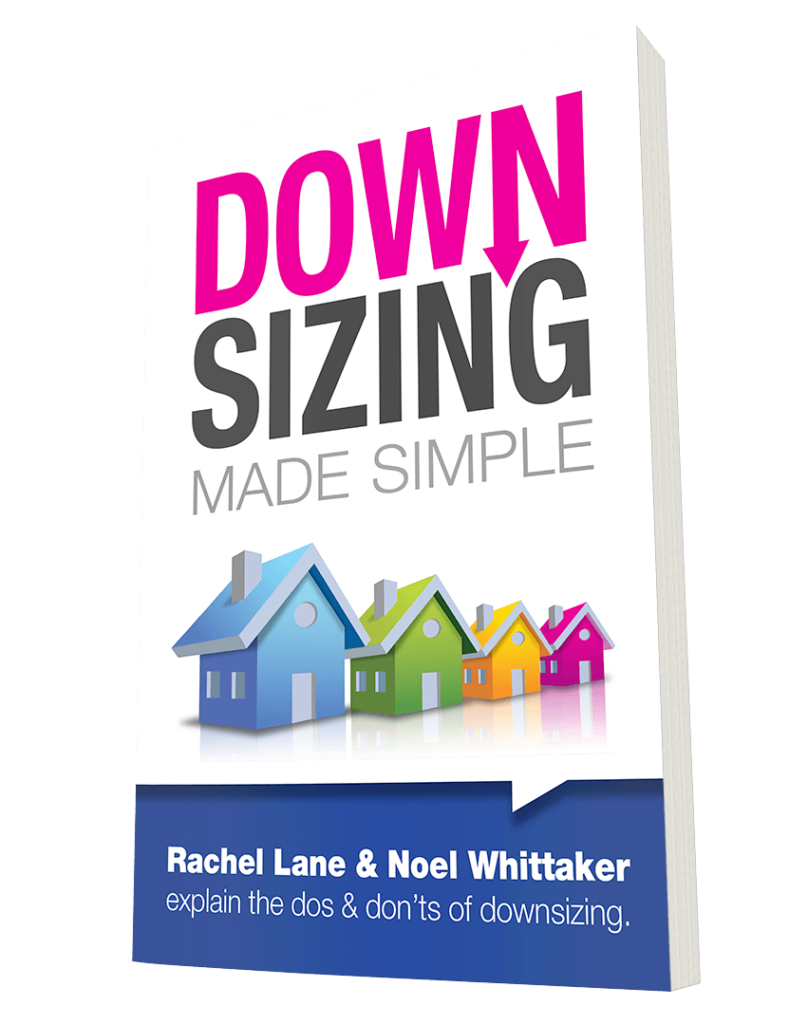If the idea of moving to a retirement village is on your radar, there’s more to think about than just packing boxes and enjoying a new community. While the initial joys of a new environment might be alluring, it’s essential to consider what happens after you leave. One significant aspect is how much money you’ll get back, which can involve a complex calculation of management fees, capital gain or loss sharing, renovation expenses, and more. Another key point? The speed at which you can expect to get your funds back.
Understanding buybacks
When you hear the term “buyback,” it pertains to the retirement village operator’s option to repurchase your unit if certain conditions are met, or if it remains unsold after a specific time. This mechanism ensures that residents aren’t left stranded, unable to move to aged care or alternative living situations because their assets are tied up.
The conditions and timeframes for retirement village buybacks are specified by state-based legislation. Generally speaking, the timeframes range from 18 months in South Australia and Queensland to no mandatory buyback, except for those moving into aged care, in Victoria. While in New South Wales there is a 6-month timeframe in metropolitan areas and 12 months in regional ones.
Interestingly, despite these legislative timelines, some villages offer shorter buyback periods. Sometimes the duration depends on your chosen contract, and in some states, this could be as brief as 3 months!
The real value of buybacks
Quantifying a buyback’s worth isn’t straightforward. It’s a bit like insurance; its value becomes evident when needed. If your retirement village home sells quickly, great! The buyback’s significance emerges when a sale isn’t immediate within the designated timeframe.
While recent trends have shown a booming property market and high occupancy rates in retirement villages, remember that markets are cyclical. Predicting future conditions when you choose to exit is challenging.
A crucial aspect of a buybacks value is the “pillow factor” or the peace of mind of knowing that funds will arrive within a set time. This certainty, especially when transitioning to more expensive aged care homes, is invaluable. Most individuals pay the market price for their aged care accommodation, which typically starts at around $500,000 in metropolitan areas but can go as high as $3 million if you have views of Sydney Harbour. In aged care any amount of the lump sum Refundable Accommodation Deposit (RAD) that you don’t pay has interest charged at a government set rate, currently that rate is 8.15 per cent p.a. The interest is charged daily and is called a Daily Accommodation Payment or DAP. This is where it can be much easier to put a dollar value of your buyback.
A real-life scenario
Let’s paint a picture: you’re transitioning from a retirement village to an aged care home costing $550,000. Your exit entitlement from the village stands at $400,000, but your property hasn’t found a buyer. With an 18-month buyback, your Daily Accommodation Payment (DAP) amounts to $89 daily. If the property remains unsold, that’s nearly $49,000 in DAP over the 18 months. But with a shorter 6-month buyback, DAP would only be around $16,300, saving you a considerable sum and a year’s worth of waiting.
While 8.15 per cent per annum is the current interest rate used for aged care Daily Accommodation Payments, the rate is reviewed quarterly. The rate has been as low as 4.01 per cent per annum in April 2021 and as high as 11.75 per cent per annum in July 2008.
Wrapping up
When eyeing a move to a retirement village, it’s more than just the initial costs. Ensure you’re well-informed about all the financial implications – upfront, while you live there, and after you leave. Knowledge about potential funds, pension impacts, and the cost-effectiveness of packages is essential for a smooth transition.
The original article was published on the Starts@60 website.







